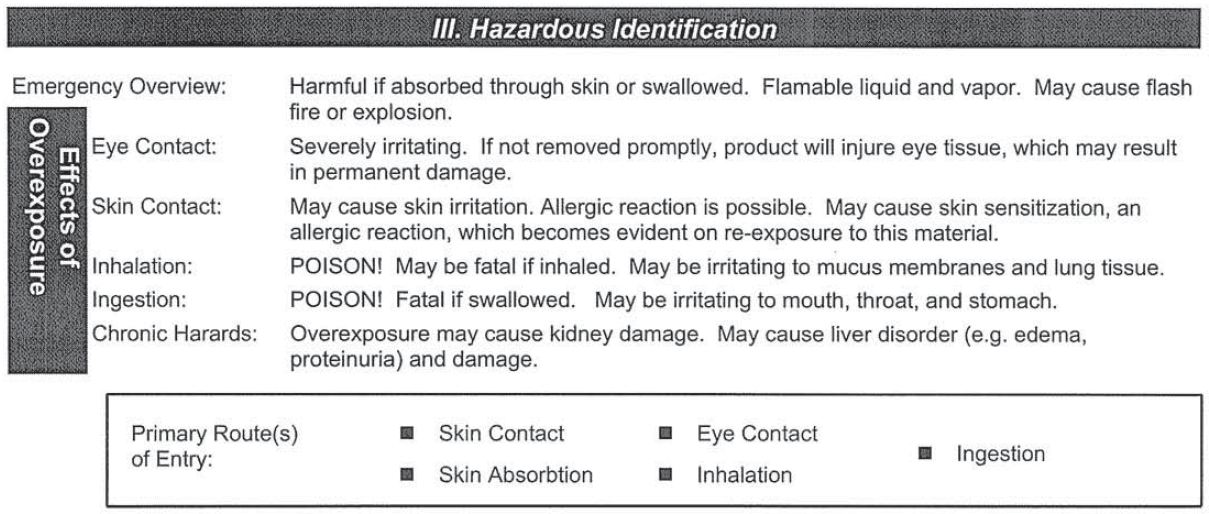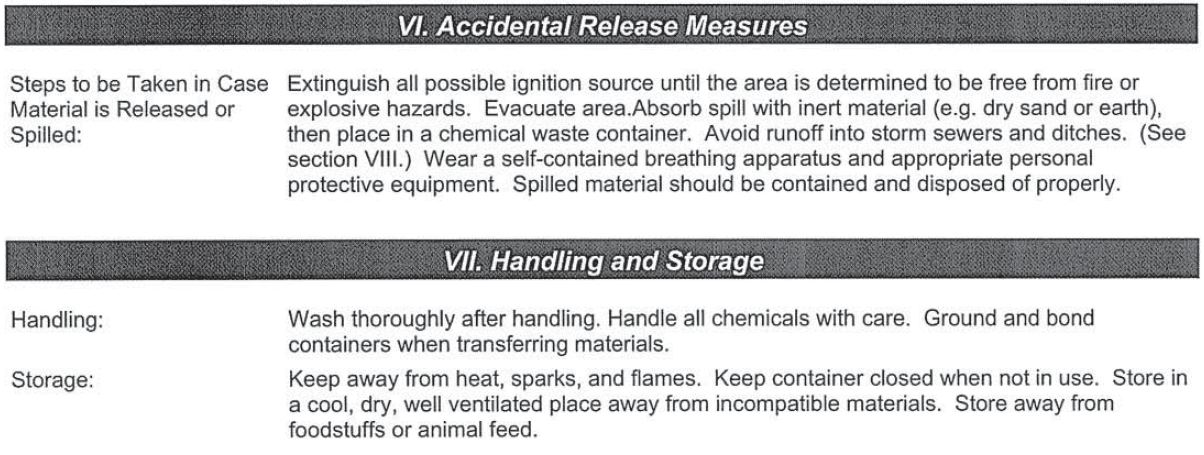LISTEN: Questions linger after company spreads toxic chemicals on northern Michigan roads by Bob Allen, August 14, 2013, Interlochen Public Radio
Earlier this summer, a Kalkaska company spread industrial waste on roads in Benzie County. The toxic contaminants were mixed with brine from oil wells – it’s used to keep down dust on gravel roads. The pollutants tested way above what’s allowed for human contact. The incident is leading some residents to think the Department of Environmental Quality is treating the oil and gas industry with kid gloves. If Bryan Black hadn’t been out tending his garden one morning in early June, it’s likely nobody would even know about the toxic chemicals spread on nearby roads. Black saw a tanker truck go by and then pull off the highway and onto a dirt road just down from where he lives. When he later saw the truck go by again, he hopped in his pickup and followed it. Black had worked in refineries in Houston and Galveston. So he knew the stuff soaking into Douglas Road wasn’t just salty water or brine. He says the odor burned his nose. “It smells like a combination of insecticide, gasoline, diesel oil and sulfur,” he says. Black says after he and his wife checked another nearby road they both had dull headaches for the rest of the evening. They reported the incident to the Benzie County Road Commission which just happened to have a sample from the contaminated load. It contained several chemicals, far exceeding levels for direct human contact, including benzene, a known carcinogen.
Chris Grobbel is an independent environmental investigator who used to track hazardous spills for the state. “Anybody coming into contact with it with bare feet, with their hands, breathing, inhaling dust, riding bicycles, children playing in these areas, all would be of great concern,” says Grobbel. … The DEQ sent out people to take a look a few days later. But a rainstorm had washed away any visible sign of oil and the odor was gone. Rick Henderson, field supervisor for the DEQ’s oil and gas section, says the brine came from a storage tank in northern Manistee County. Apparently, contaminants somehow got into one of the brine tanks. Henderson paints the incident as a slip-up. … The tanks are owned by Team Services, which is supposed to test brine from each well before spreading it on roads. The DEQ cited the company and told it to explain what happened and how it would fix the problems. Team Services did not respond to requests to comment for this story.
No matter what happened, Chris Grobbel thinks the truck drivers ought to have been able to tell by the smell that something wasn’t right. As a former regulator, he doesn’t see it as a fluke. He says the DEQ relies too much on the industry to monitor itself. He thinks these incidents will continue to happen despite much-touted regulations. “Ironically, we’ve got regulations that allow for this kind of thing to occur and unfortunately, in my assessment, the state is often asleep at the wheel,” he says. Bryan Black trucks his produce to nearby farmers’ markets several times a week. He recognizes that by speaking out about toxic chemicals spread on roads near his place he may be undercutting his own business. “Well, I think it’s more important for us to get the word out and get resolution to this so this doesn’t happen again,” he says. He and his wife want to know if the toxic stuff will end up in their drinking water and they want the company that spread the brine to pay for testing their well. [Emphasis added]
Toxic Oil and Gas Wastes Dumped in Platte River Estuary: BTEX chemicals found, three tanker trucks dumped by Ban Michigan Fracking, July 11, 2013
The test results: High levels of BTEX–Benzene, Toluene, Ethylbenzene and Xylenes … On July 2, the Blacks picked up several documents of the test results (dated June 14 and 18) from the Benzie County Road Commission “including data showing lab values showing what appear to be high levels of petrochemicals sprayed on our roads last month, under the guise of ‘brining.’ … The mix includes Benzene, Toluene, Ethylbenzene, and Xylenes, ” said Karla. There was no indication that the material was tested for radioactivity.
The Fewin/Douglas sample had:
- 28,000 micrograms/Liter of Benzene
- 1,000,000 micrograms/Liter of Toluene
- 130,000 micrograms/Liter of Ethylbenzene
- 750,000 micrograms/Liter of Xylene
The limit, according to Rule 705 of Michigan’s oil and gas law, is 1,000 micrograms/Liter of any of these, or else the “brine” should not be allowed on the roads. Trace Analytical Labs, who conducted the BTEX tests, stated in a letter that the test sample for the Douglas Road area “does not meet the MDEQ criteria for Brine to be used on roads.” The benzene level reported was 28 times higher than the limit. Benzene is a known carcinogen. The toluene result is 1000 times higher. Commonly used as an industrial solvent, toluene is used as a fuel, it is intoxicating when inhaled, and a high dose can kill. The health effects of the hundreds of chemicals used in natural gas operations are numerous and they are not pretty. More at Ban Michigan Fracking
Encana St. Excelsior MSDS of product dumped on public Michigan roads
Snaps below from the MSDS
DEQ-approved spread of EnCana’s toxic frack flowback in Michigan worse than originally thought
Michigan Frack Disaster– Over 40,000 gallons of frack fluids approved by Michigan DEQ for use on roads
News that over 40,000 gallons of dangerous, toxic frack fluids from a northern Michigan horizontal frack well in Kalkaska County, (Excelsior 1-25 HD1), were approved by the Michigan Department of Environmental Quality in May for use on Michigan roads as “brine” is slowly leaking to Ban Michigan Fracking and other activists through a series of emails and phone calls. … “Since that time it has come to my attention the well is still producing so-called flowback water from hydraulic fracturing. Because of the unknown composition of the flow back water, the uncertainty regarding impacts to soil, groundwater and surface water, of the compounds used during hydraulic fracturing, use of brine [sic] from the State Excelsior 1-25 HD-1 must be discontinued immediately. Brine from the well that has been moved to a central holding site prior to use must be disposed of by injection into a disposal well.” – Ray Vugrinovich, DEQ Senior Geologist, revoking permission he gave a month prior, allowing massive use of flowback wastes on Michigan surface roads and landscapes.
Encana’s waste dumping near Rosebud Alberta in 2012:




